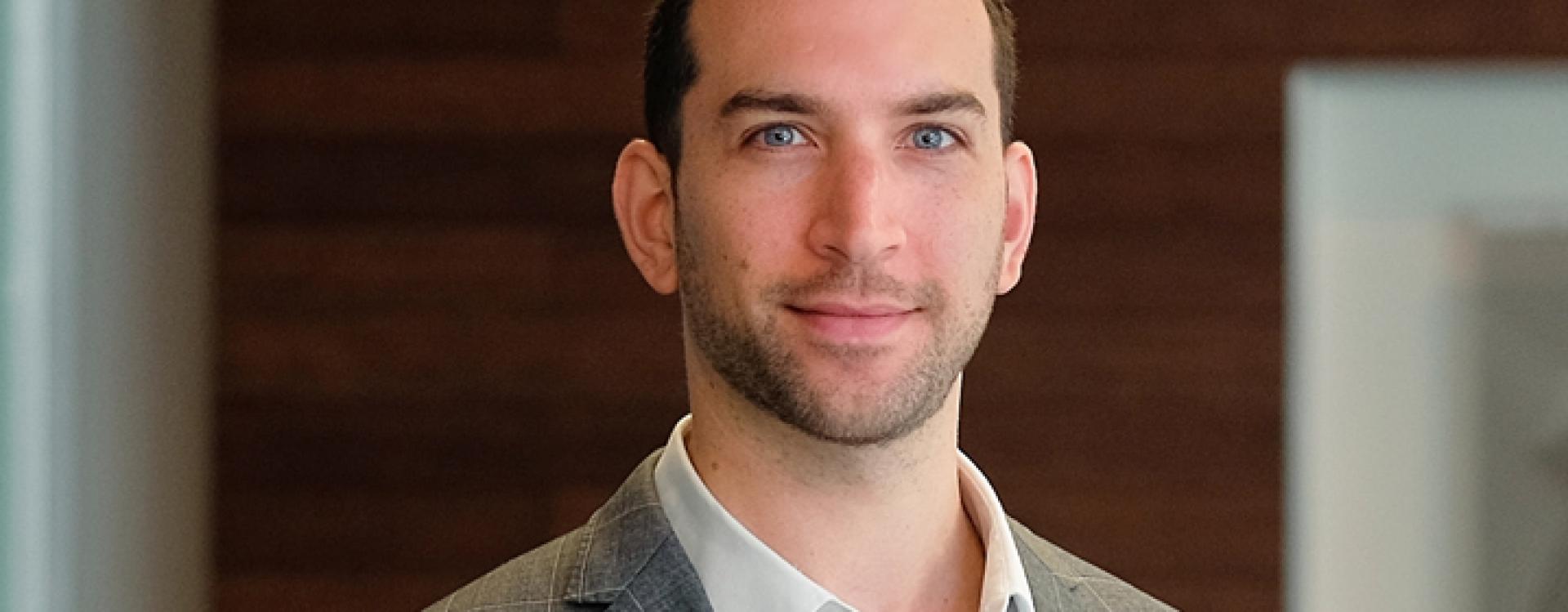but the uniqueness of the Lehigh University Department of Art, Architecture, and Design is in the strength of its design foundations which heighten our sensitivity to aesthetics and our awareness of the atmospheres created by our built and unbuilt environments. It teaches us how to think about architecture – how it feels, smells, sounds, behaves, and performs for its occupants. It taught me that architecture is not just about bricks and mortar, but it is the way in which we manipulate air, light, sound, and those intangible qualities that make a space sublime.
The diversity of faculty and shared course offerings between art, architecture and design majors encourages a student to explore multiple mediums and modes of thought. The fabrication facilities, including the wood shop, metal shop, and digital fabrication lab, allow students to learn by doing, utilizing a hands-on approach to learning that heightens a sense of craft and an understanding of multiple material technologies.
My architecture major at Lehigh successfully prepared me to complete a Master of Architecture program at the University of Pennsylvania School of Design and to begin my career as an architectural designer at EwingCole in Philadelphia, PA. In the scalar shift from detailed architectural models to full-scale building construction, I continue to sharpen the well-rounded skill set that I acquired during my time at Lehigh while constantly recog¬nizing that it was there at Lehigh that I learned what kind of architect I would be – an architect with an acute sensitivity towards aesthetics and design.
Ryan is an architect and interior designer with an expertise in the conception of well-branded and immersive hospitality and entertainment environments. He capitalizes on his background in theater to develop spaces that -- like well-curated stage sets -- are dramatic and memorable for visitors and that tell a story.
His design thinking has been paramount in the strengthening of Live Nation's Fillmore brand, having designed four Fillmore theaters in cities across the U.S., which each include bars, kitchens, and separate VIP experiences. He also designed the major renovation to Irving Plaza in NYC that is currently under construction. Ryan played a key role in the master plan redevelopment for one of the world's most famous horse race tracks, Belmont Park, which will be expanded to include a year-round, destination entertainment district with retail, restaurants, hotels, and a new major league sports stadium.
His natural extroversion has guided his career towards a passion for gathering spaces in which people come together to celebrate, dine, relax, or to play. Ryan believes that architecture and interior design foster a celebration of the human spirit and should both represent and influence the personalities of its inhabitants.
He believes that the immaterial qualities of architecture are as important as those expressed visually. By manipulating and curating form, space, light, air, and sound, Ryan uses all the tangible and intangible tools of his craft to custom-tailor each project, celebrating the uniqueness of each specific client and their guests. He is capable of working at a variety of scales but finds the most personal pleasure in the fine design details, from material and furniture selection to the highly-tuned and dramatic lighting that is too-often overlooked. Ryan has a taste for comfortable elegance in which good design is evident not only in the way a space looks but in the way it makes us feel and how it performs over time.


